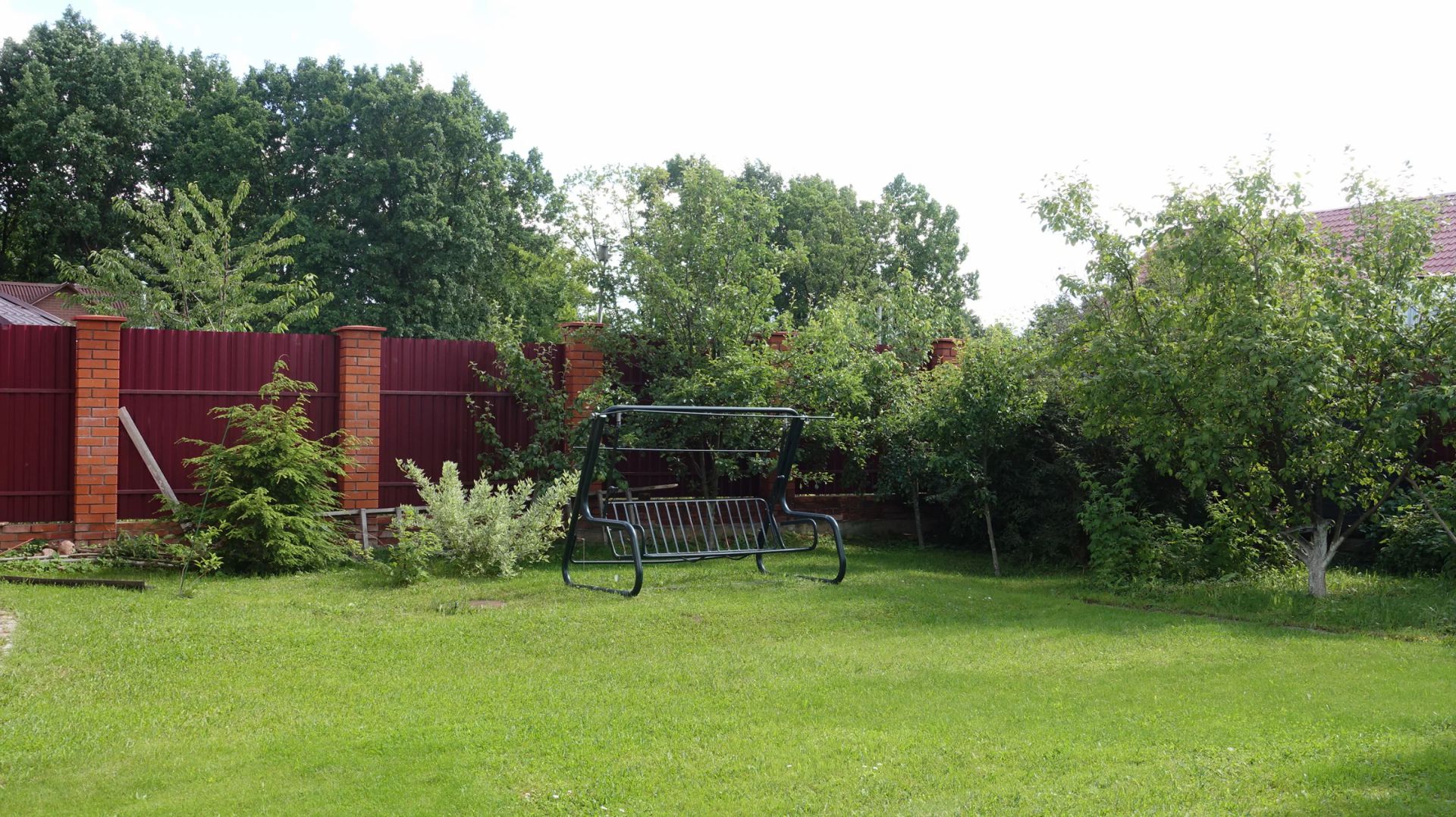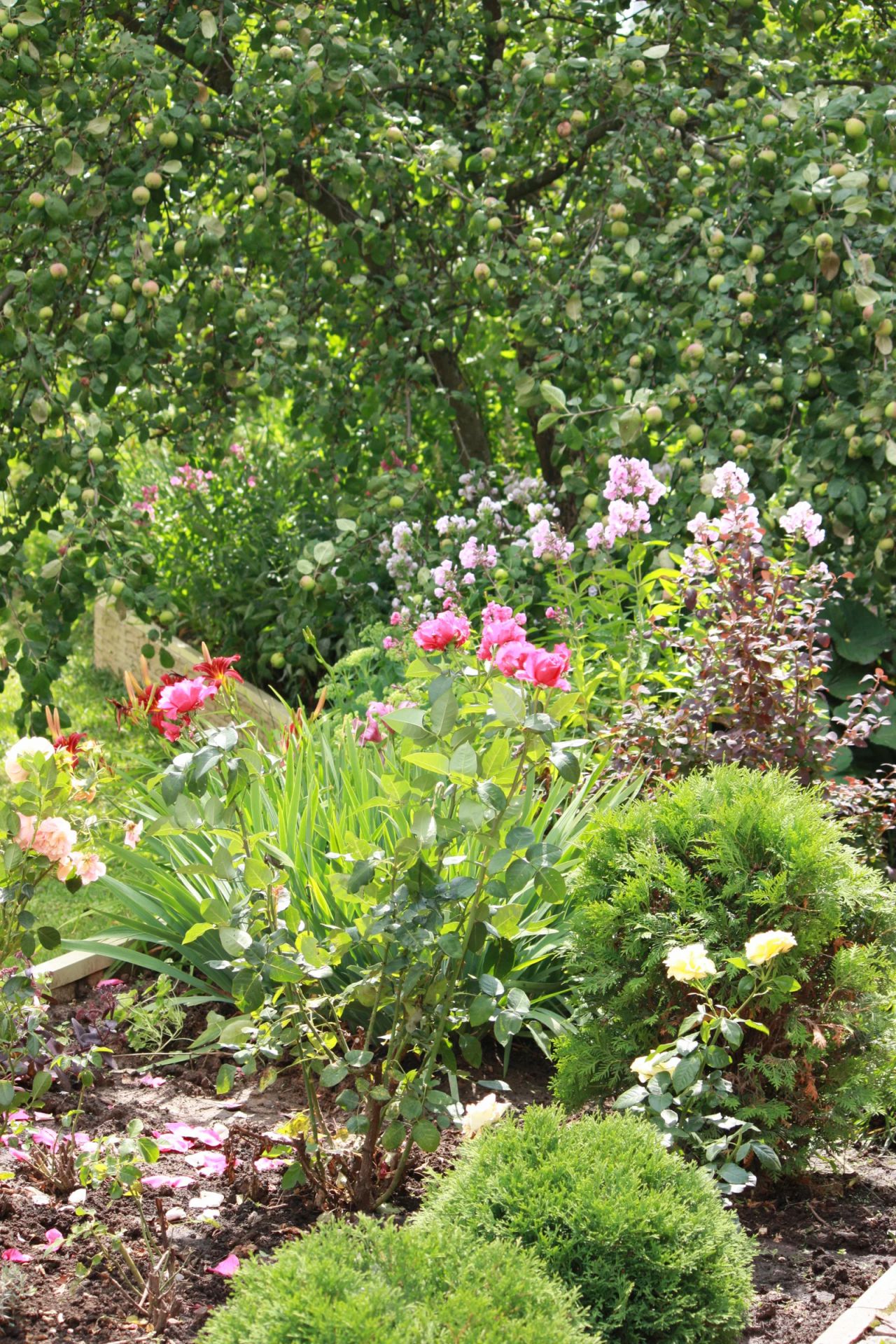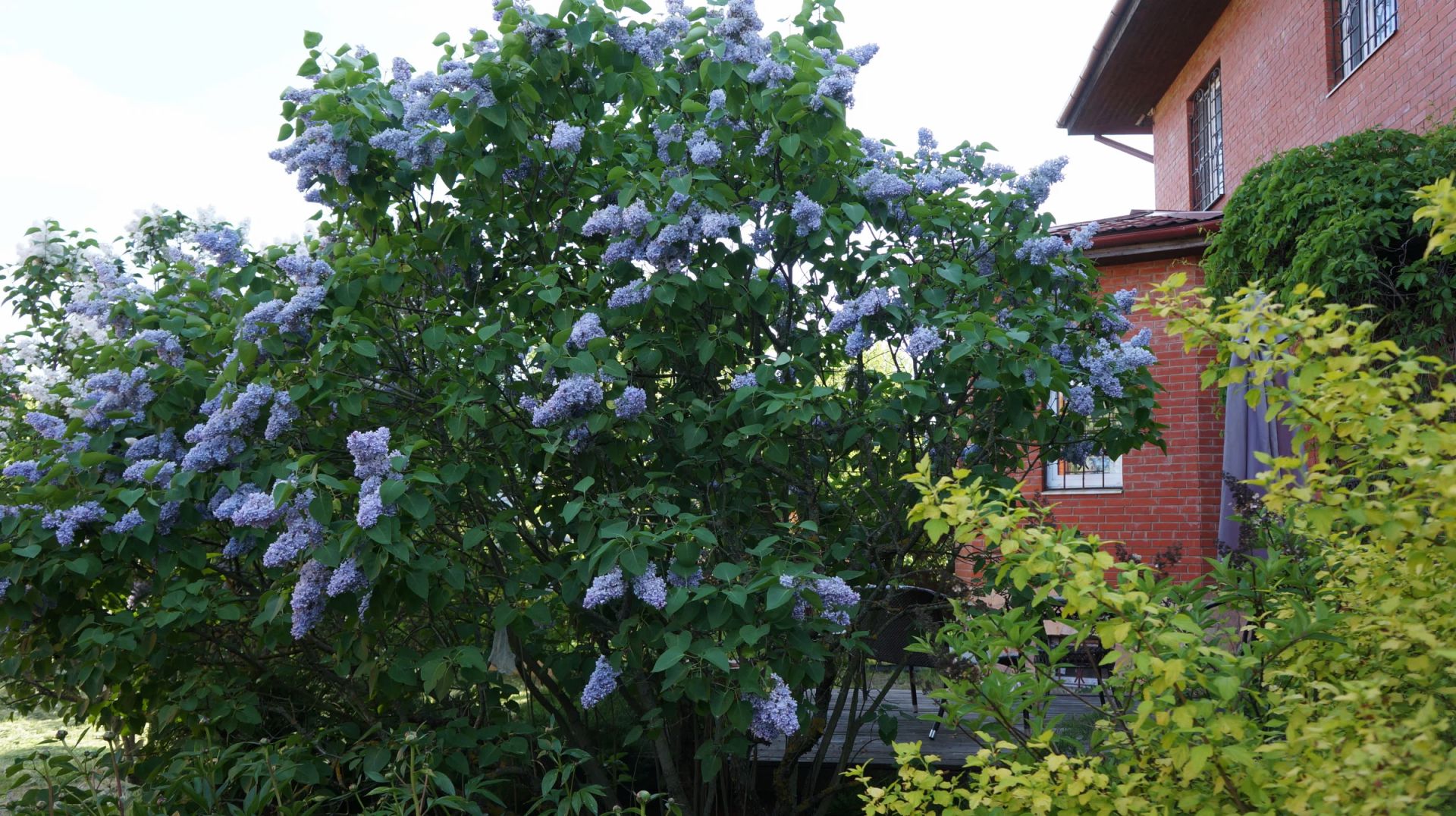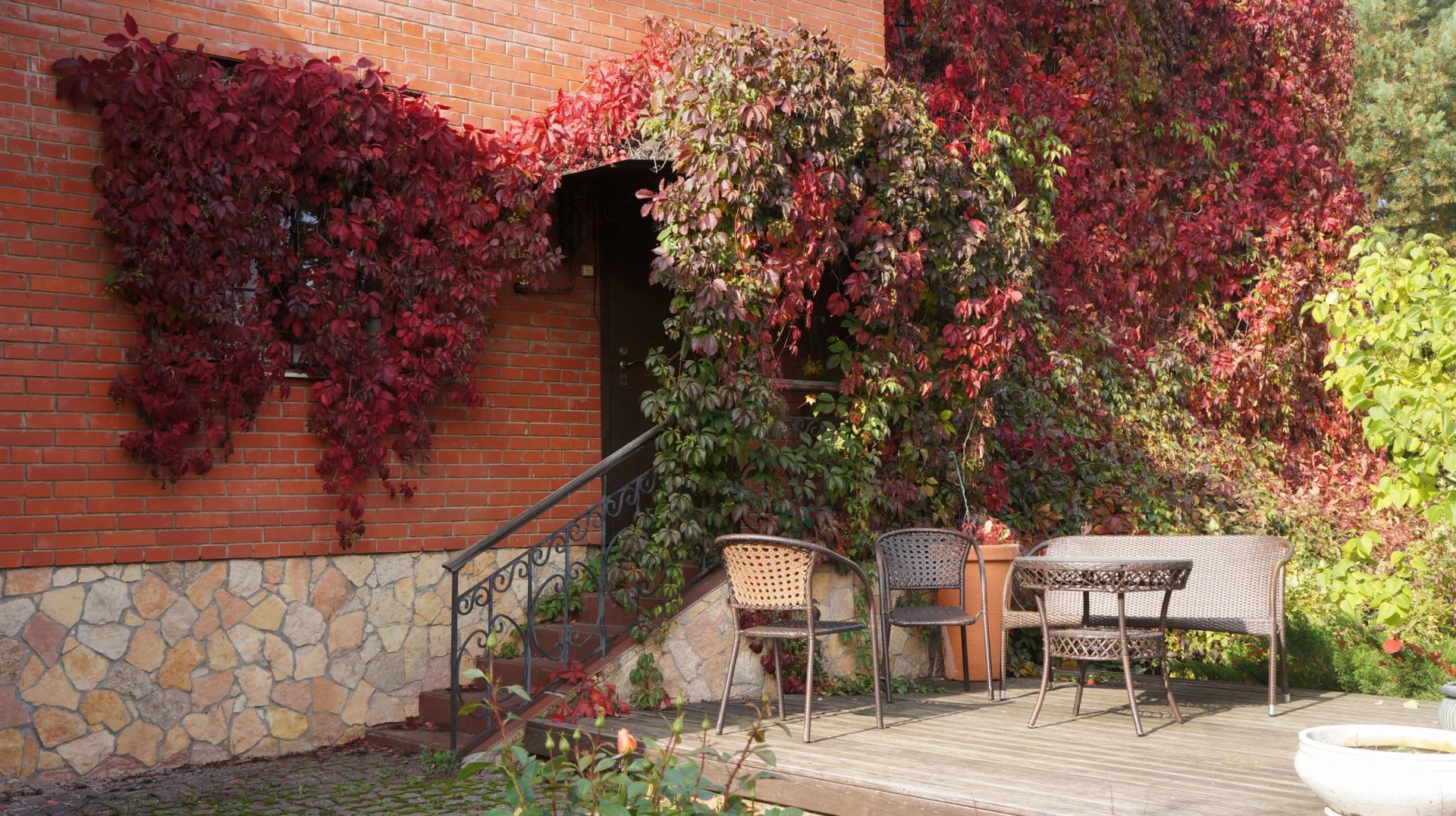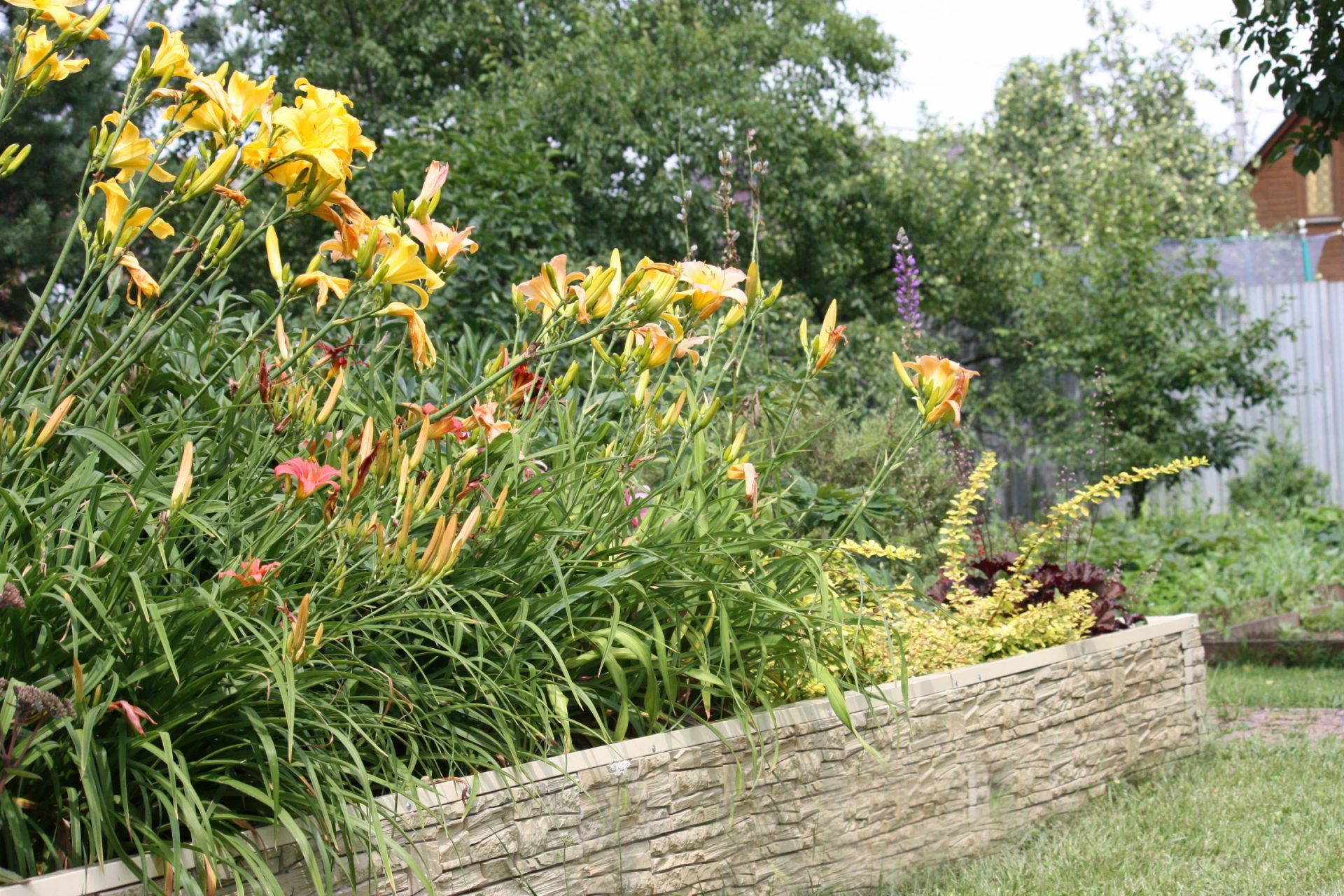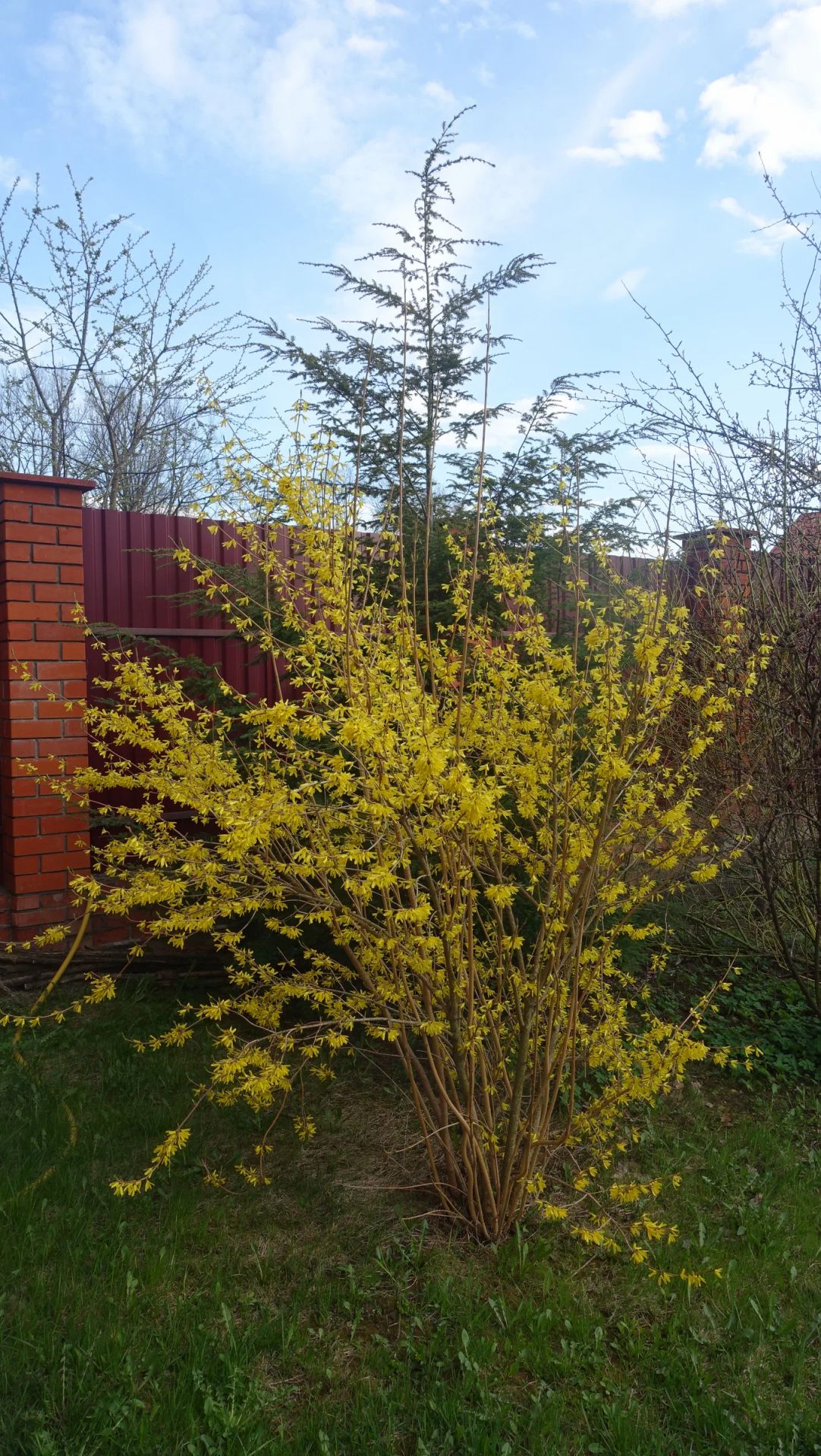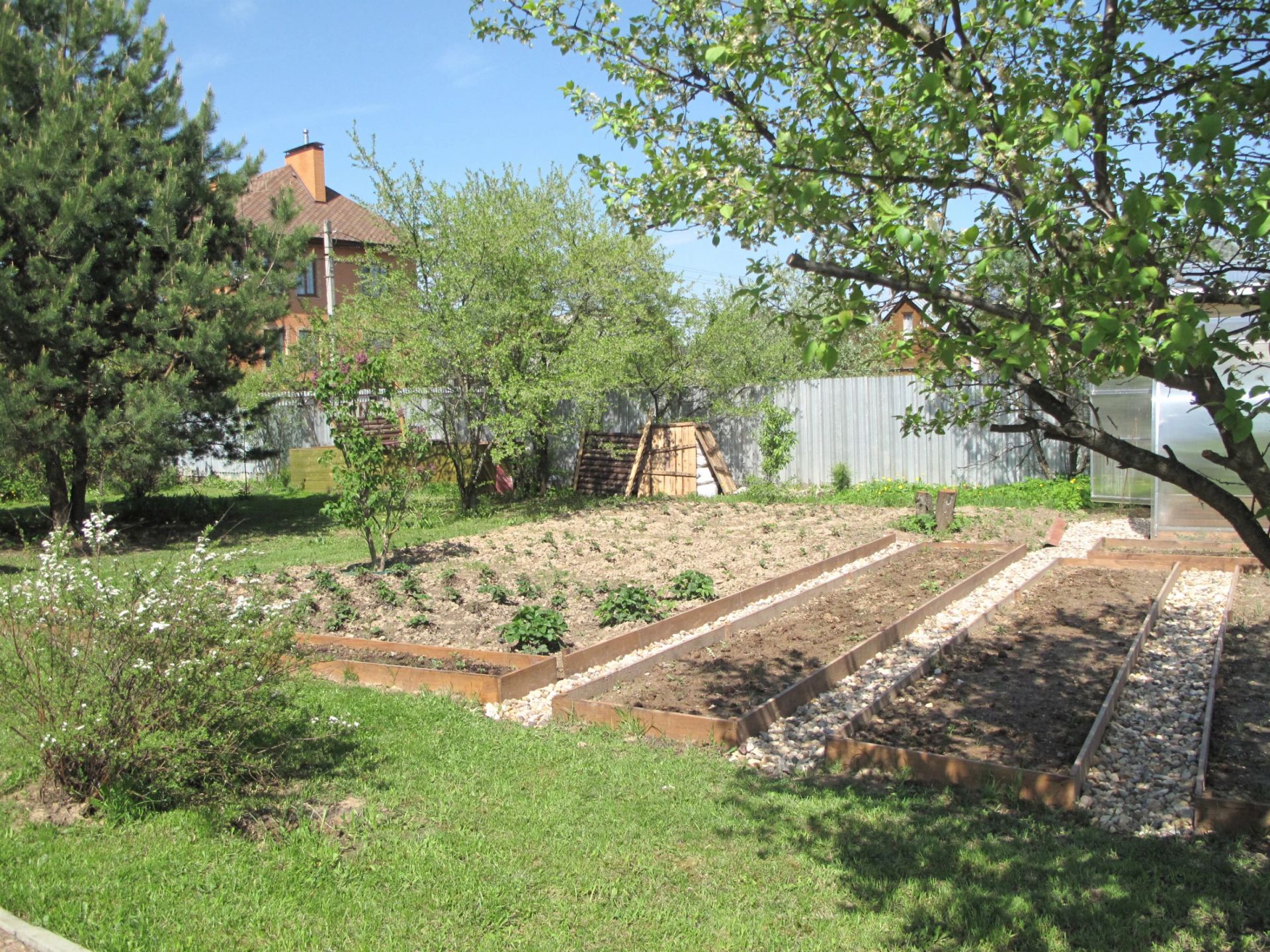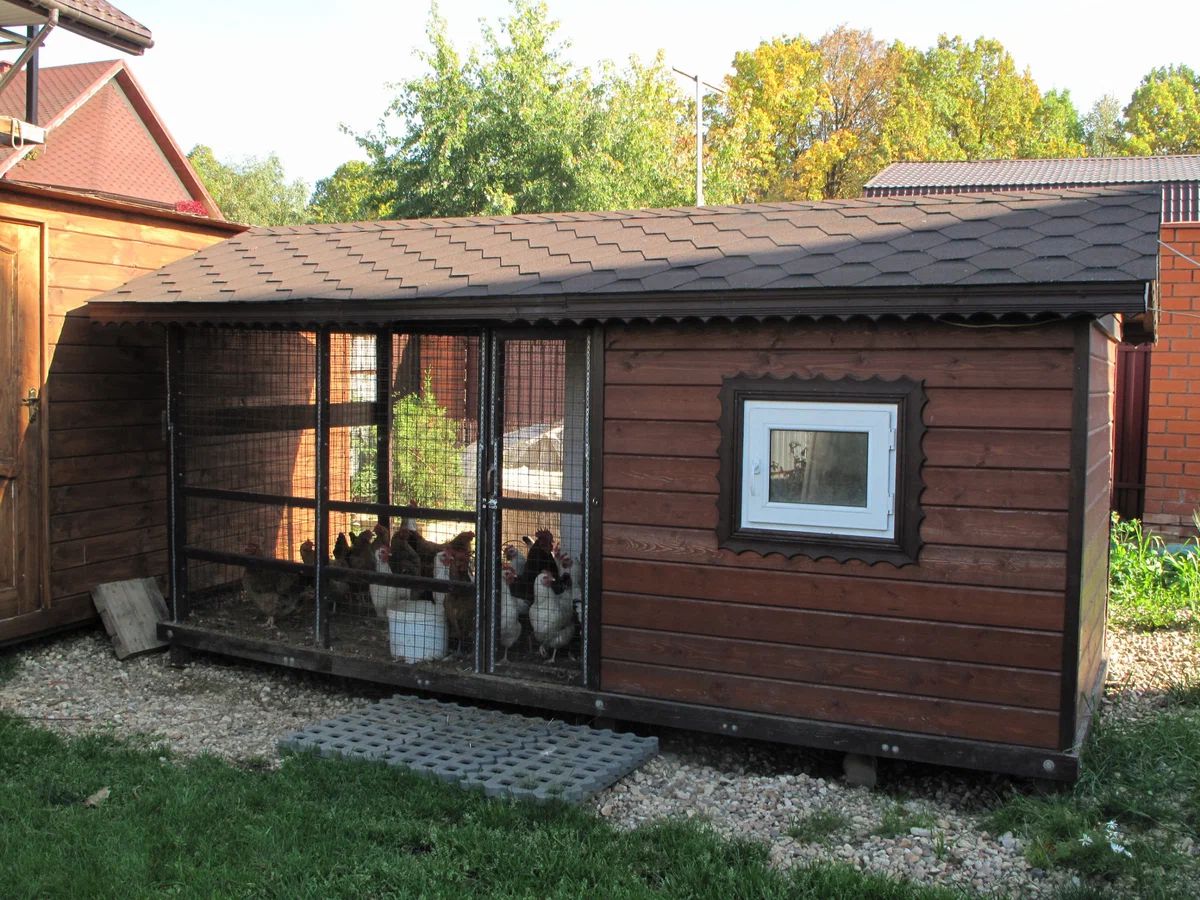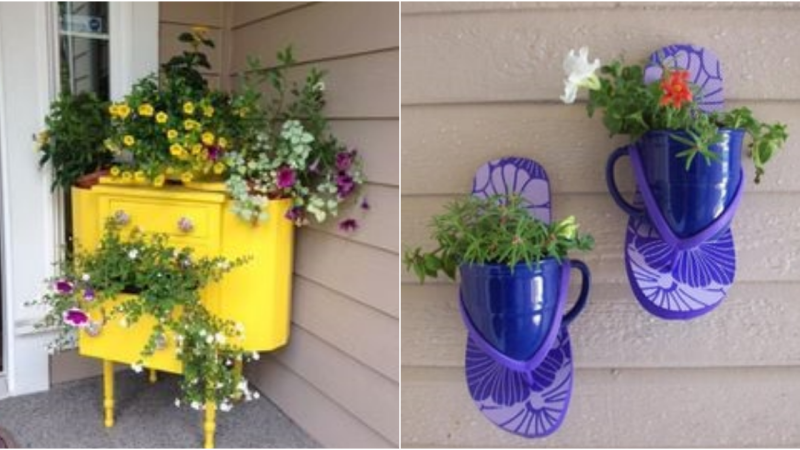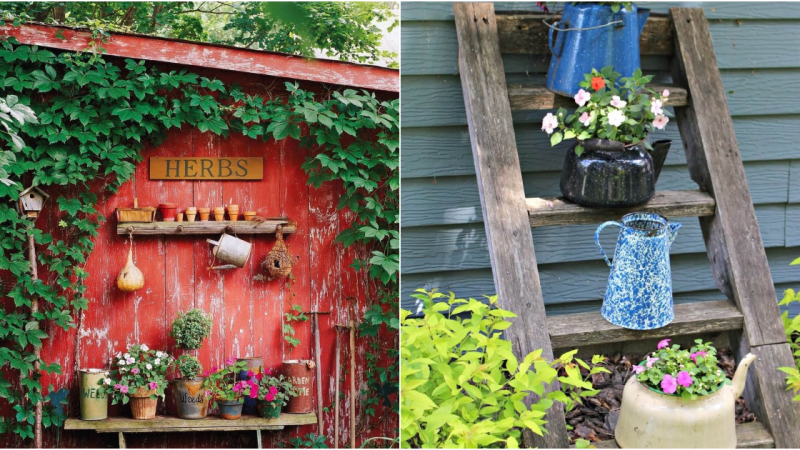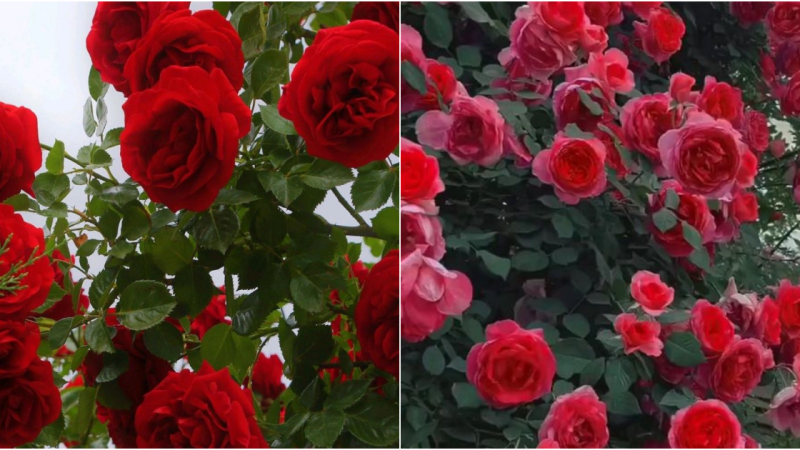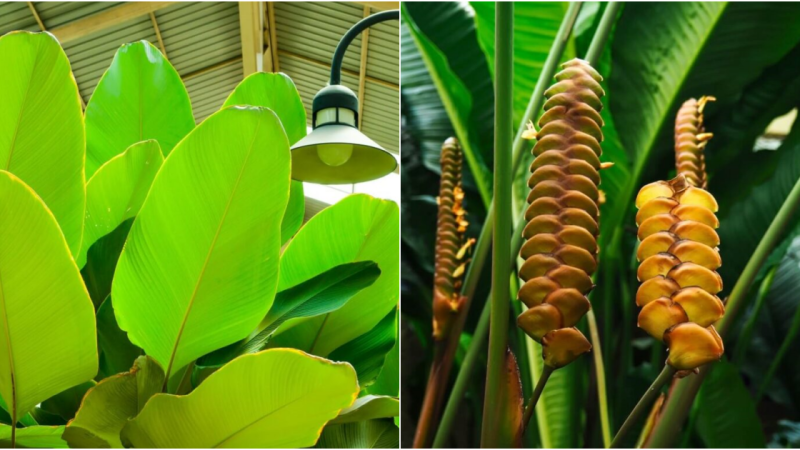How Irina Demchuk’s Suburban Garden Transformed

We started talking, and it turned out to be her parents’ garden in the Moscow region, which had been renovated and was still a work in progress. I love hearing such stories, so I asked Irina to share the details of what was and what eventually came to be. Now, I give the floor to Irina Demchuk.

So many magnificent gardens have been showcased that I feel a bit hesitant to talk about what I have done myself. It takes a lot of effort to bring an idea to life. However, I hope that my story will be interesting to someone.
I will tell you about my parents’ garden located in the nearby Moscow region. The plot was purchased in the early 90s when the concept of private ownership was just emerging in Russia. Previously, it was a collective farm field. The majority of the plot is sunny, and our family seems to have a strong affinity for the south, so we all love it. Our open recreational area is always in high demand.
Twenty years ago, there were only four residential houses on our street. The rest of the plots were used for vegetable gardens, and there were numerous fields surrounded by a mushroom-rich forest. Now, residential houses have been built on all the plots, and the fields have been developed into cottage settlements.
The soil on the plot was initially poor and sandy. Years of adding compost and manure helped improve it, and the sandy soil influenced our plant selection.
My mother took care of the plot for many years. She is a workaholic, so on weekdays, she would return late, and on weekends, she would take care of the house, the garden, and her beloved roses. When my parents moved to live outside the city, they didn’t plan on having a garden, but their dacha past and my grandmother influenced the creation of one. When grandchildren came along, my mother started taking care of them during the time she used to dedicate to the garden. Eventually, the grandchildren and her job took up all her time, and she retired. As a result, the garden became overgrown, and we couldn’t keep up with its maintenance. I spent a lot of time there with my children, but even my help wasn’t sufficient.
Due to my work, I often had to write about various gardens and visit sites related to the company I worked for at the time. This sparked the idea to redesign the landscape of the plot, making it easier to care for and, most importantly, appealing to my parents. My mother often spoke about her friend’s plot, where everything was beautifully done.
So, ten years ago, I reached out to a familiar landscape architect, Julia Leonova, to help me redesign the plot. Thanks to her, the plot became much more convenient and required less maintenance. From there, I had to work diligently, just like a little frog. First, I replanted what was already there, and then I added new plants to create what I had envisioned.
Of course, I made mistakes along the way. Sometimes, a rose turned out to be a different color or height than expected, or irises of the desired color bloomed in the secluded corners while the prominent spots had completely different ones. Most of the plants I transplanted blindly, not knowing their variety or color, only relying on their height.
Now the garden is divided into several zones: a formal flower bed, a play lawn (as my parents have eight grandchildren), a cherry orchard, a vegetable garden, and a utility area (which includes a shed with tools and a chicken coop).
During the renovation, we took into account the existing trees on the plot. Therefore, the main backbone consists of apple trees, cherries, three pines, cotoneaster, and lilacs.
The main focus is on my mother’s roses and the virgin’s bower, which turns a stunning red in autumn.
All the roses from different parts of the plot (surviving after years of neglect) were transplanted to the central part of the formal flower bed. The other plants were chosen to complement them. In spring, primroses bloom in front of the roses. They are surrounded by Heuchera. I preferred the look of a variety with reddish leaves, but they would freeze near the walkway in winter. Therefore, I replaced them with sprawling burgundy ones that were already on the plot and proved to be very hardy.
All the roses from different parts of the plot (surviving after years of neglect) were transplanted to the central part of the formal flower bed. The other plants were chosen to complement them. In spring, primroses bloom in front of the roses. They are surrounded by Heuchera. I preferred the look of a variety with reddish leaves, but they would freeze near the walkway in winter. Therefore, I replaced them with sprawling burgundy ones that were already on the plot and proved to be very hardy.
Phlox, irises, daylilies, peonies, and astilbes were also transplanted from various areas to the flower bed. We mainly purchased shrubs such as lemon barberries, spireas, hydrangeas, and dogwoods. Friends shared a tree-like hydrangea and forsythia, which blooms from top to bottom every year, and an old white phlox.
During the renovation, I also tackled the vegetable garden area, which was meant to become beautiful and convenient. However, in 2017, I inherited another plot from my grandparents, and in 2018, our youngest child was born. As a result, I started spending less and less time at my parents’ place. Even if I managed to plant and weed everything, sometimes the harvest would be left to overgrow on the beds. This year, I plan to minimize the vegetable garden, leaving only a couple of beds for greens and my father’s favorite zucchini. The greenhouses will still have tomatoes, cucumbers, and eggplants.
The wooden raised beds have gradually deteriorated, so they would have needed replacement anyway. Another element in the utility area is the chicken coop. That’s not my accomplishment; my sister bought it. She also takes care of the flock of chickens.”





